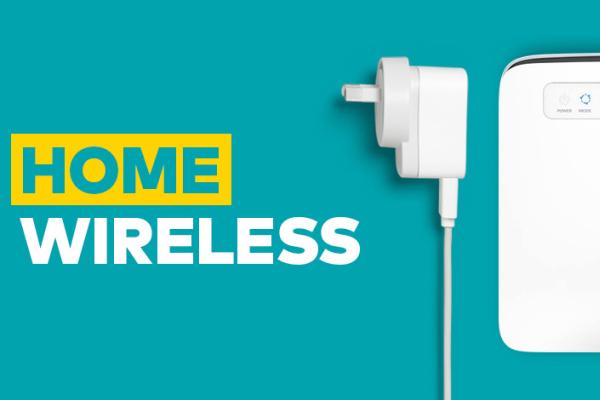Published on the 09/05/2016 | Written by Beverley Head

The roll out of the national broadband network is continuing apace – but fewer than half of the households which could connect have yet bothered to do so…
In its most recent market report Nbn announced that there were now 2.1 million homes ready for national broadband network service. Although almost 167,000 new households signed up during the quarter it took the total number of connected premises to 902,948.
While Nbn revenues improved to $111 million during the quarter, crunch time must be approaching.
Last week’s Budget papers revealed that Nbn co will this year spend the last of the $29.5 billion equity that was provided by the Federal Government. It was always the plan to then turn to the market for additional funds, and preparatory work for the fundraising is already underway, the Budget papers reveal.
However the lacklustre uptake of the network, and mounting criticism about the performance of the network particularly when compared to other international countries which have rolled out faster networks, calls into question how willing the market might be to fund the next phase of rollout.
The 2016 corporate plan for Nbn co calls for debt of $16.5 billion to $26.5 billion to be raised from external networks to complete the rollout of the network.
In the Budget papers the Government notes that “In the event that Nbn is initially unable to raise the necessary debt on acceptable terms, interim funding support may be required.” That, the Government acknowledged would have an impact on Australia’s overall fiscal position.
Nbn boss Bill Morrow however seems unfazed by the issue, and is ploughing on with the mix of fibre to the node, HFC and satellite technologies to roll out the network as fast as possible.
Certainly there is a huge amount of work to be done to lift Australia’s internet quality. On Akamai’s map of the world, representing the quality of connections, Australia (and New Zealand) glow amber. Admittedly not in the red zone of developing nations – but not where the so called “innovation nation” wants to find itself.
South Korea continues to lead the world with an average connection speed of 26.7 Mbps. Australia meanwhile ranked 48th in a field of 148 nations in terms of average connection speeds, and 60th in terms of peak connection speeds at 8.2 and 39.3 Mbps respectively.
A clue as to why more households haven’t bothered to connect to the NBN perhaps lurks in the Akamai mobile connectivity figures which show that average peak mobile connection speeds of 153.3 Mbps in Australia are the highest in the world.
Given what the Nbn is offering – versus what mobile carriers already have – many consumers are clearly asking, why bother?



























